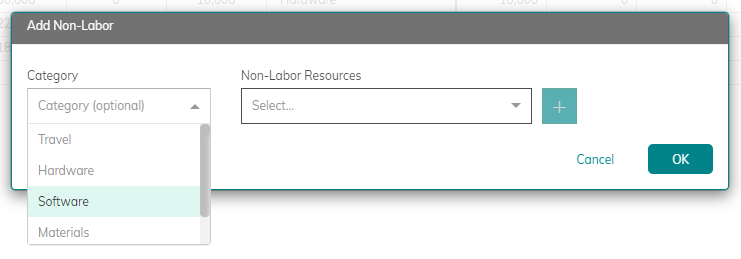Build a single source of truth
Organizations should strive to standardize their financial processes so that the platform becomes the single source of truth for financial tracking. When everyone is using the same processes and categories, you’ll be able to make accurate decisions and understand the financial status of each project and the entire portfolio.
Fund programs strategically
Prioritize and fund program investments based on quantifiable business benefits, such as ROI, NPV, and customer retention metrics.
Give each value stream a budget
In agile organizations, define spending policies, guidelines, and practices for each value stream within the portfolio. With these guardrails in place, each value stream should have autonomy, flexibility, and the speed to execute their own budget.
Monitor financial health
Having the right reporting and dashboards that display the financial health of both individual projects and the overall portfolio are necessary to ensure the right decisions are made when a project starts to deviate from the plan.
Baseline financial plans
When there is an approved change to a project’s financial plan, save off the new plan as the current baseline. Having each change to the plan saved as a separate baseline allows you to see the progress of financial changes, and when looking back, see adjustments during a project’s initial planning to allow for more accurate budgeting.
Understand top-down and bottom-up
Organizations can use top-down planning (where a pool of funding at the program or strategic level is used to fund the work aligned against it), or bottom-up (where the work is funded and then rolled up to appropriate levels to see the overall costs or benefits). Understanding how your organization tracks and approves funding is important to know what guardrails are in place and what reporting will be used to track financial performance.

